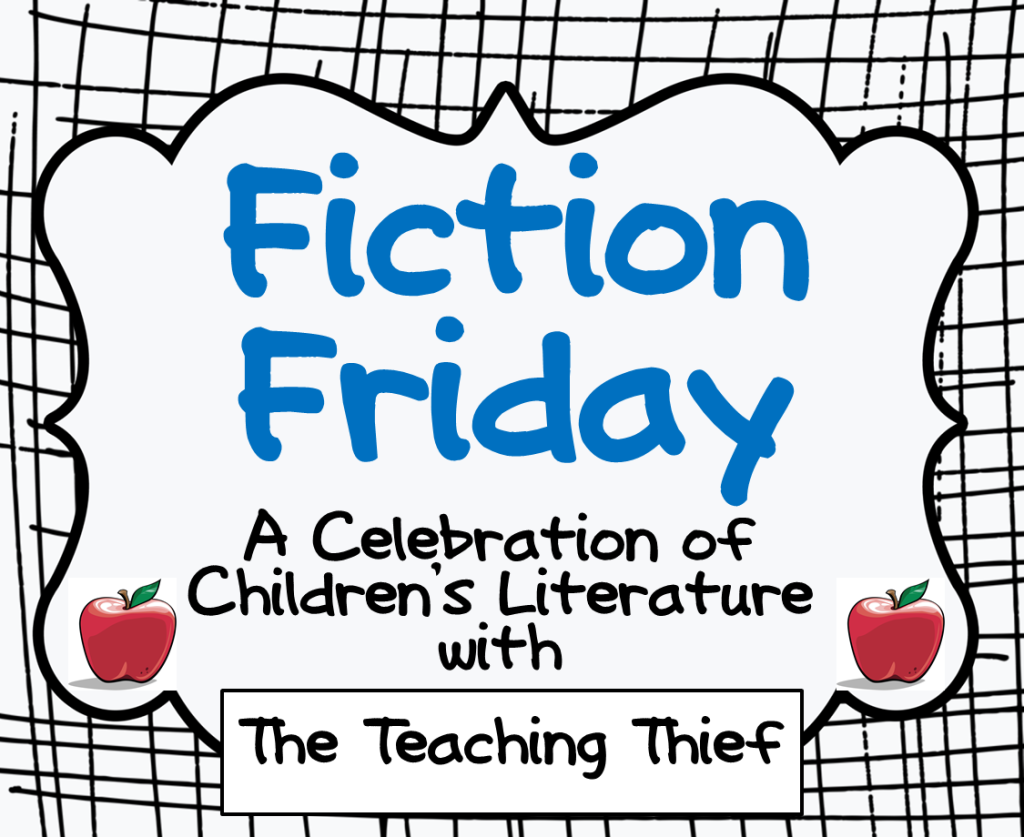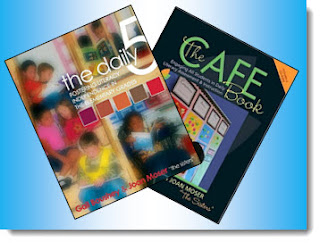Amanda is hosting a "Fiction Friday Link-Up" at her very cool blog: The Teaching Thief. This is a great opportunity to share some of the fiction books we all love to use because, let's be honest, no one can tolerate ONLY nonfiction books all the time!
I chose to stick to Virginia Studies and Science for my read-aloud books this time. I could do an entire post on nothing but Language Arts books, but I'll save that for another day ;)
Historical Fiction
A
Friendship For Today by McKissack, Patricia
This is a chapter book about integration in the 1950s and a
friendship between two girls that overcomes prejudice.
A Good
Night For Freedom by Morrow, Barbara Olenyik
This is a picture book about a family of Quakers that house
runaway slaves and describes the resulting danger in which they find themselves.
Freedom
On The Menu: The Greensboro Sit-Ins by Weatherford, Carole B.
This is a picture book about the integration/desegregation period
and passive resistance.
Sounder
by William H. Armstrong
This is a chapter book about a sharecropping family that is torn
apart when the father is imprisoned for stealing food.
Science
Ecosystems/Habitats
The Great
Kapok Tree by Cherry, Lynne
Not only is this great for discussing ecosystems (rainforest in
this case), but it also has a great tie-in to writing. The animals are trying to convince the human
not to cut down their home. I use this
to discuss persuasive language and which styles/phrases are most effective and
human impact on ecosystems.What fiction books do you use for read-aloud? Come join the link-up and share your favorites!















